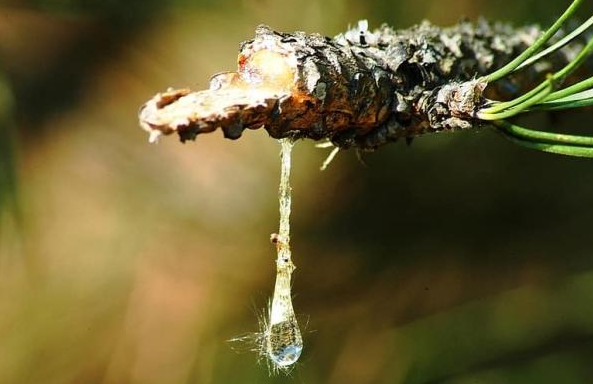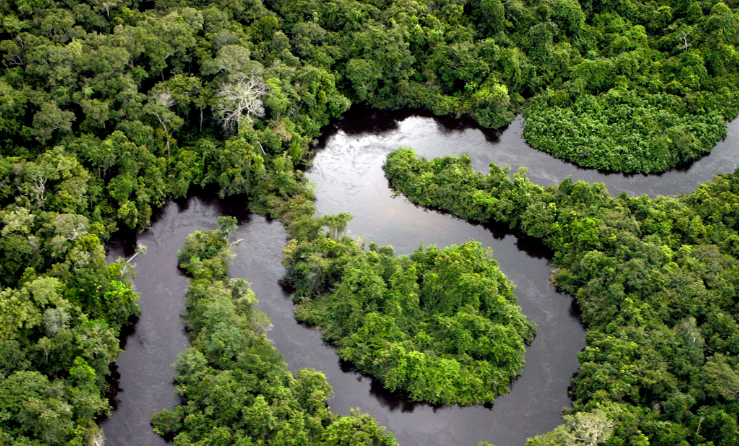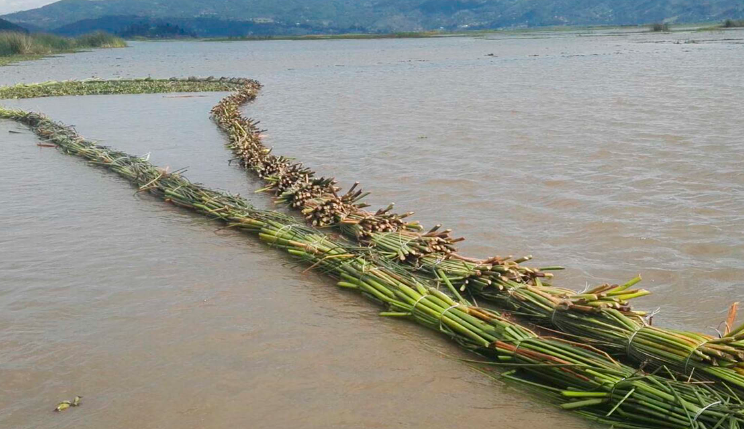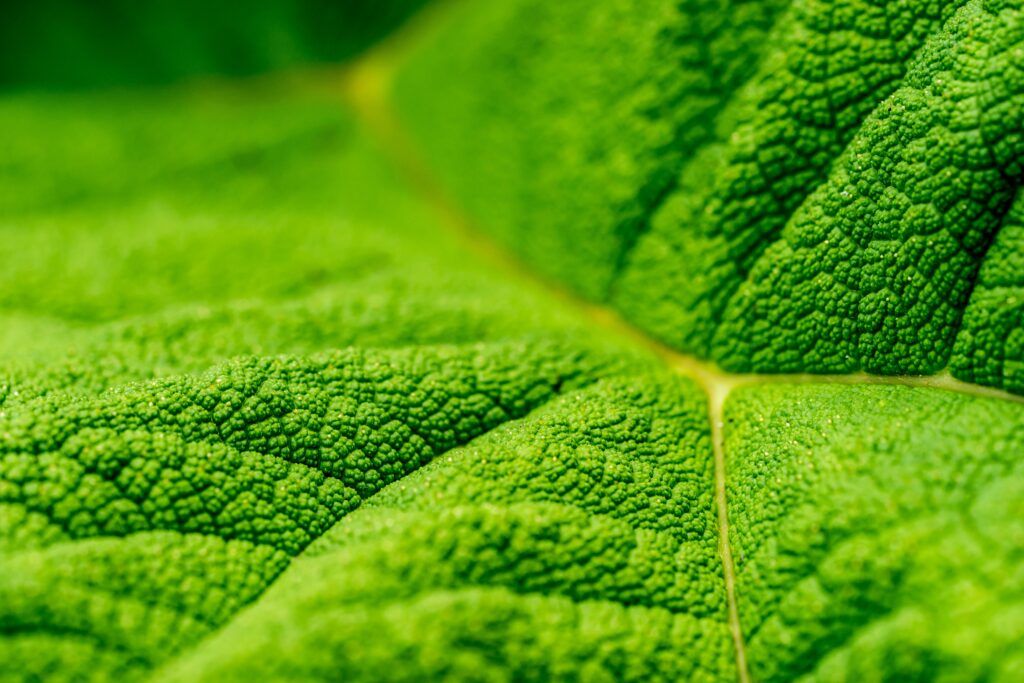The world power of extracting water from plants!

When it comes to lifting water, plants are true power lifters. For a tall tree, sucking up hundreds of liters of water each day to its leaves or needles, where photosynthesis takes place, can be quite a bounty. Even for short grasses and shrubs, the rising sap must somehow overcome gravity and the resistance of the plant tissues. Now, a one-of-a-kind study has estimated the power and energy required to drive sap to the foliage of plants around the world, and it’s a prodigious amount.
Evaporation of water from the foliage drives the suction that pulls the sap upward. To estimate the total evaporative power of all plants on Earth annually, the team divided a map of the world’s land surface into cells spanning 0, 5° latitude by 0.5° longitude and analyzed data for the mix of plants in each cell that actively pumps sap each month.


Over the course of a year, the world’s plants harness an average of 0.03 watts per square meter of sap pumping power. Tree-rich areas, especially in the rainforests of the tropics, use the most energy: 0.6 watts per square meter on average, that translates to about 90 percent of the amount of hydropower produced worldwide. the world in 2019.
Si las plantas en los ecosistemas forestales tuvieran que aprovechar sus propias reservas de energía en lugar de depender de la evaporación para bombear savia, necesitarían gastar alrededor del 14 por ciento de la energía que generaron a través de la fotosíntesis, encontraron los investigadores. Grasses and other plants in non-forest ecosystems would need to expend just over 1 percent of their energy reserves, largely because such plants are much shorter and have less resistance to sap flow within their tissues than woody plants.




Responses